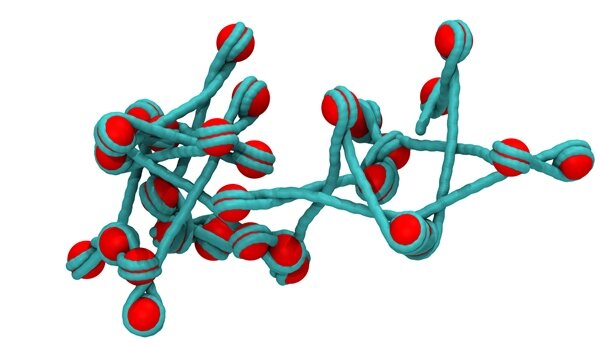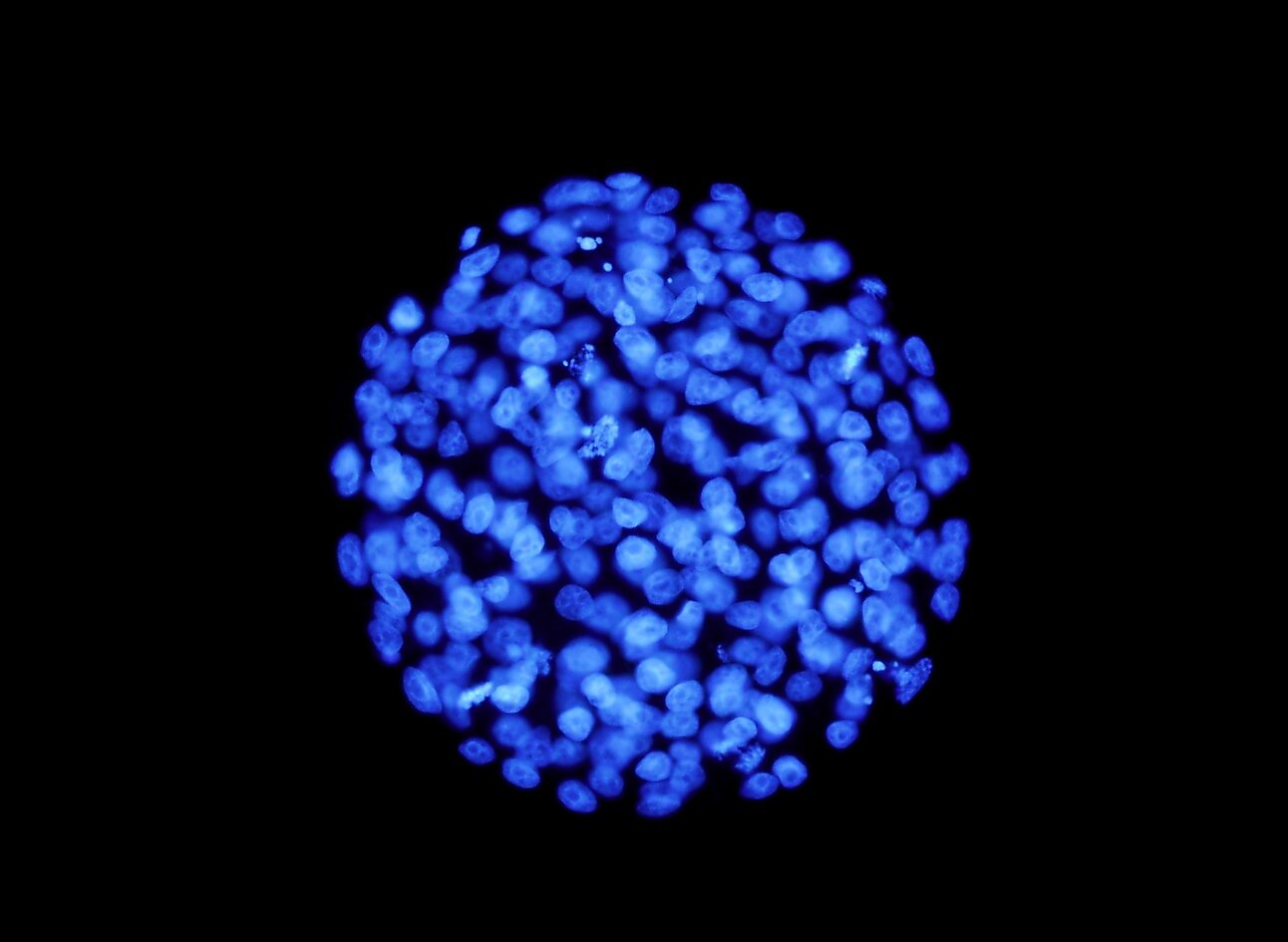

About Us
Welcome
The European Cooperation in Science and Technology (COST) is an intergovernmental framework which allows the coordination of nationally-funded research on a European level. In summer of 2012 we applied for a COST Action program entitled 'Epigenetics and Periconception Environment'. Our application was successful, and our COST Action FA1201 officially started in February 2013. We have selected the acronym of EPICONCEPT for our Action.
Aims
Bring together researchers of many European countries in order to create a collaboration network which focuses on the epigenome of gametes and embryos at periconception.
Describe the epigenetic modulators and profile during periconception, and will develop an epigenomic toolbox.
Inform the public, the livestock breeders and the industry on how the epigenome can be manipulated via the periconception environment.
Objectives
Develop an epigenomic toolbox including novel sequencing technologies and bioinformatics.
Due to rapid changes in molecular tools these techniques will allow for large scale screening of epigenetic changes in gametes and embryos.
Define the factors that can influence the epigenetic profile during the periconceptional period.
These factors can be physical stressors like cold or heat, high pressure, nutritional status of the animal, maternal health or sickness, feed supplements or deficiencies, pharmaceuticals, endocrine factors, culture media.
Define the time-window at which most epigenetic changes take place.
We address the key developmental periods. The spermatogenesis takes two months in most livestock; oocyte and follicular development takes three or four months. The fertilization that remodels parental chromatin takes a few hours. The embryogenesis will undergo epigenetic reprogramming during the first months of pregnancy.
Identify the range of optimum periconception environments to ensure healthy offsprings.
We will identify these environments for each species studied based on our experimental data.
Compare the susceptibility of livestock, poultry, fish species to epigenetic disturbances.
Interact with the artificial insemination industry.
We will discuss how our achievements can be adapted in gamete and embryo production protocols such as in vitro fertilisation, semen collection, cryopreservation of semen, embryos and superovulation.
Inform the scientific community and the public.
We will disseminate our results on altering the epigenome via the periconception environment for members of the public and for people in the animal production industry in the forms of scientific communications, brochures and leaflets.
Welcome
The European Cooperation in Science and Technology (COST) is an intergovernmental framework which allows the coordination of nationally-funded research on a European level. In summer of 2012 we applied for a COST Action program entitled 'Epigenetics and Periconception Environment'. Our application was successful, and our COST Action FA1201 officially started in February 2013. We have selected the acronym of EPICONCEPT for our Action.
Aims
Bring together researchers of many European countries in order to create a collaboration network which focuses on the epigenome of gametes and embryos at periconception.
Describe the epigenetic modulators and profile during periconception, and will develop an epigenomic toolbox.
Inform the public, the livestock breeders and the industry on how the epigenome can be manipulated via the periconception environment.
Objectives
Develop an epigenomic toolbox including novel sequencing technologies and bioinformatics.
Due to rapid changes in molecular tools these techniques will allow for large scale screening of epigenetic changes in gametes and embryos.
Define the factors that can influence the epigenetic profile during the periconceptional period.
These factors can be physical stressors like cold or heat, high pressure, nutritional status of the animal, maternal health or sickness, feed supplements or deficiencies, pharmaceuticals, endocrine factors, culture media.
Define the time-window at which most epigenetic changes take place.
We address the key developmental periods. The spermatogenesis takes two months in most livestock; oocyte and follicular development takes three or four months. The fertilization that remodels parental chromatin takes a few hours. The embryogenesis will undergo epigenetic reprogramming during the first months of pregnancy.
Identify the range of optimum periconception environments to ensure healthy offsprings.
We will identify these environments for each species studied based on our experimental data.
Compare the susceptibility of livestock, poultry, fish species to epigenetic disturbances.
Interact with the artificial insemination industry.
We will discuss how our achievements can be adapted in gamete and embryo production protocols such as in vitro fertilisation, semen collection, cryopreservation of semen, embryos and superovulation.
Inform the scientific community and the public.
We will disseminate our results on altering the epigenome via the periconception environment for members of the public and for people in the animal production industry in the forms of scientific communications, brochures and leaflets.
























